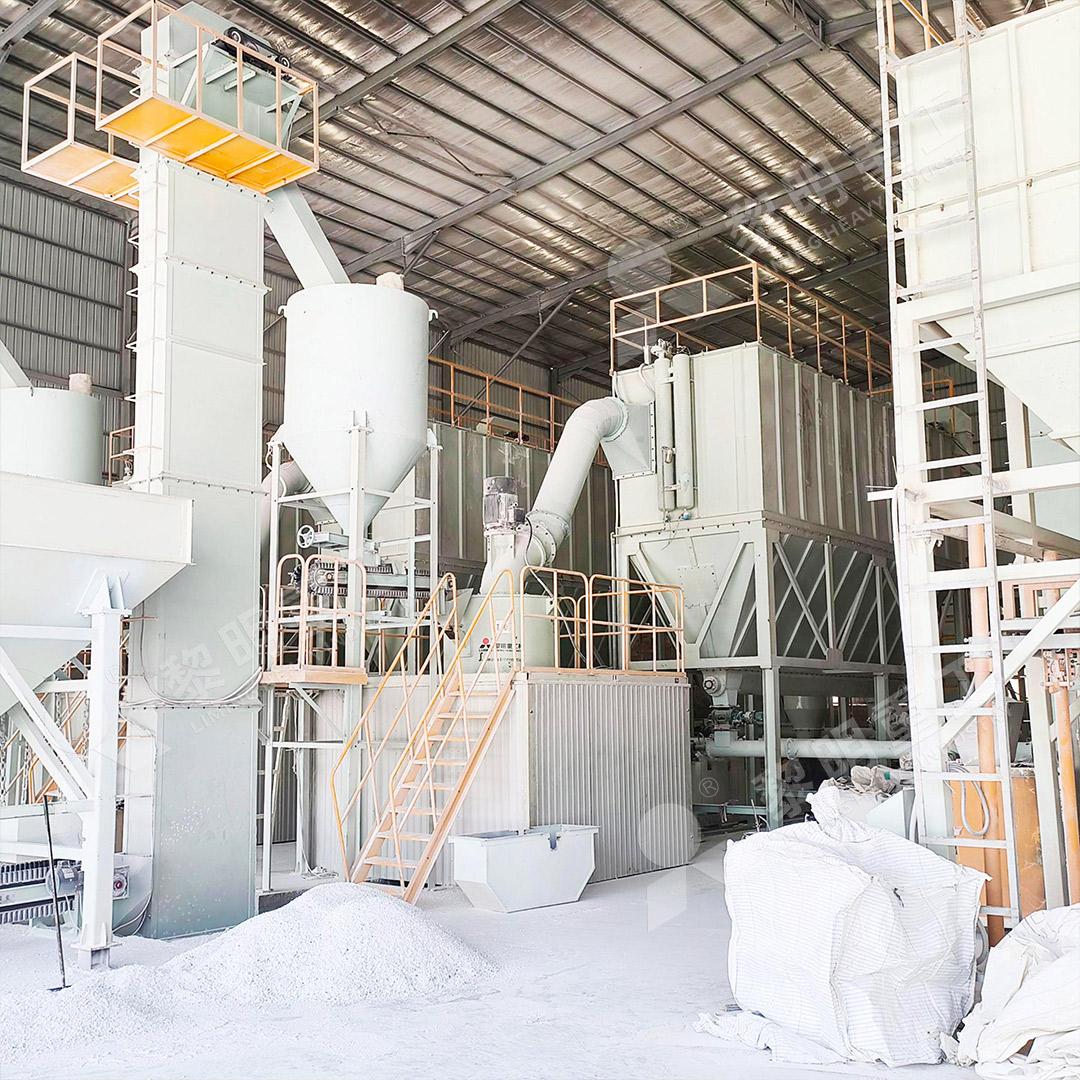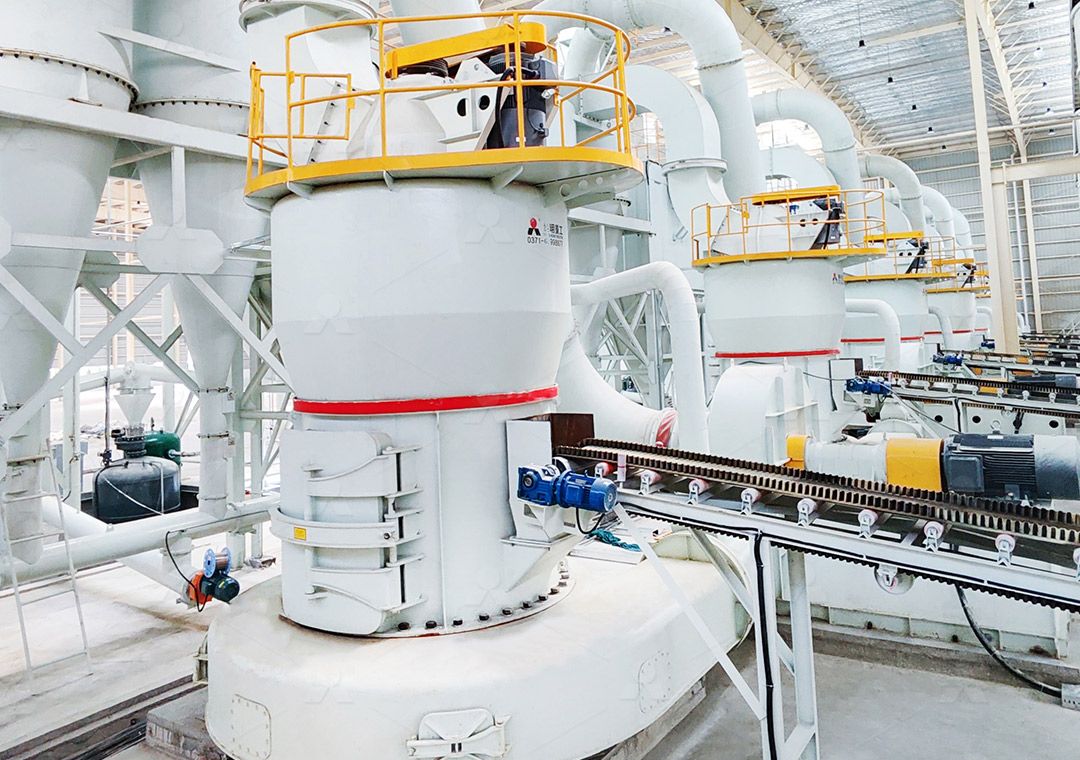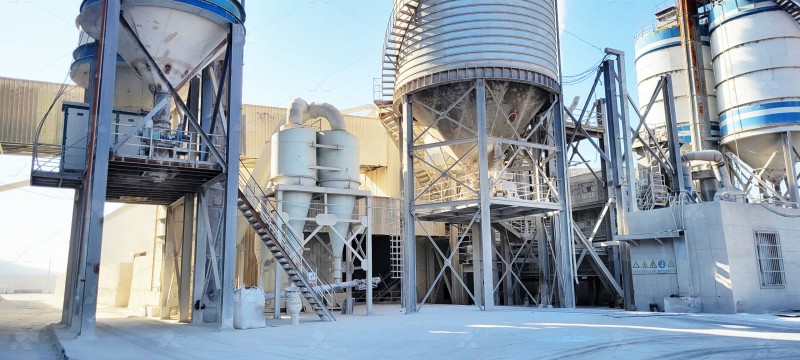High Pressure Superfine Raymond Roller Mill for Ultrafine Powder Grinding
High Pressure Superfine Raymond Roller Mill for Ultrafine Powder Grinding
In today’s demanding industrial landscape, the pursuit of finer particle sizes and higher production efficiency has become paramount across numerous sectors. The evolution of grinding technology has led to the development of advanced milling systems capable of producing ultrafine powders with exceptional precision and consistency. Among these technological innovations, high-pressure superfine Raymond roller mills represent a significant leap forward in particle size reduction technology.

The fundamental challenge in ultrafine powder production lies in achieving consistent particle distribution while maintaining energy efficiency and operational reliability. Traditional grinding methods often fall short when dealing with materials requiring fineness between 325-2500 meshes. This is where advanced milling technology demonstrates its true value, offering solutions that combine precision engineering with robust performance.
Technical Innovations in Modern Grinding Systems
Contemporary grinding mills incorporate multiple technological advancements that address the limitations of earlier designs. The integration of high-pressure grinding mechanisms with precision separation systems has revolutionized powder production capabilities. These systems employ sophisticated airflow management and particle classification technologies to ensure consistent output quality.
One standout example in this category is the MW Ultrafine Grinding Mill, which represents the cutting edge of ultrafine powder production technology. This system processes materials with input sizes up to 20 mm and delivers impressive throughput capacities ranging from 0.5 to 25 tons per hour. What makes this mill particularly remarkable is its innovative approach to energy efficiency – achieving production rates 40% higher than jet grinding mills while consuming only 30% of the energy.

Applications Across Industries
The versatility of modern high-pressure superfine grinding mills extends across numerous industrial applications. From processing limestone, calcite, and dolomite to handling petroleum coal, gypsum, and barite, these systems demonstrate remarkable adaptability. The chemical industry particularly benefits from this technology, utilizing these mills for producing powders for paints, cosmetics, pharmaceuticals, and food additives where particle consistency and purity are critical.
Another exceptional solution for specialized applications is the LUM Ultrafine Vertical Grinding Mill, which incorporates the latest Taiwanese grinding roller technology and German powder separating expertise. This system handles input materials up to 10 mm with capacities between 5-18 tph, making it ideal for operations requiring precise control over particle size distribution. Its unique roller shell and lining plate grinding curve design promotes efficient material layer formation, enabling high finished product rates through single-pass powder milling.
Operational Advantages and Environmental Considerations
Modern grinding systems address not only production efficiency but also environmental concerns and operational safety. The incorporation of efficient pulse dust collectors and mufflers significantly reduces dust emissions and noise pollution, ensuring compliance with stringent environmental standards. The absence of rolling bearings and screws in the grinding chamber eliminates common failure points, enhancing reliability and reducing maintenance requirements.

Digital manufacturing processes further contribute to the precision and reliability of these systems. Numerical control machining ensures high precision for core components, while comprehensive spare parts support guarantees uninterrupted operation. The external lubrication systems enable maintenance without shutdowns, supporting continuous 24-hour production cycles that modern manufacturing demands.
Frequently Asked Questions
What distinguishes high-pressure superfine Raymond mills from conventional grinding systems?
These advanced mills incorporate multiple technological innovations including high-pressure grinding mechanisms, precision powder selection systems, and advanced airflow management. They achieve significantly finer particle sizes (up to 2500 meshes) while maintaining higher energy efficiency compared to traditional systems.
How do these systems address environmental concerns?
Modern mills integrate efficient pulse dust collectors that prevent dust pollution throughout the milling process. Additionally, silencers and noise elimination rooms reduce operational noise, ensuring compliance with environmental protection standards.
What maintenance advantages do these systems offer?
The elimination of rolling bearings and screws in the grinding chamber removes common failure points. External lubrication systems allow maintenance without shutdowns, while digital monitoring enables proactive maintenance scheduling.
Can these mills handle various material types?
Yes, these systems process diverse materials including limestone, calcite, dolomite, petroleum coal, gypsum, barite, marble, talc, and various chemical compounds. Adjustable parameters accommodate different material characteristics and production requirements.
What production capacities can be expected?
Capabilities vary by specific model, with systems like the MW Ultrafine Grinding Mill handling 0.5-25 tph and the LUM Ultrafine Vertical Grinding Mill processing 5-18 tph, depending on material characteristics and fineness requirements.
